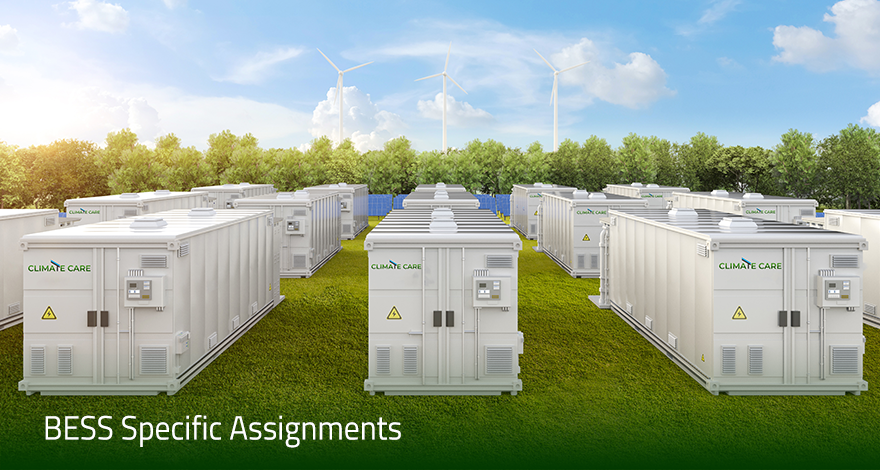The Night of Numbers � RVUNL 1000MW/2000MWh BESS Bid
The Night of Numbers — RVUNL 1000MW/2000MWh BESS Bid
What a night it was! ?
The RVUNL 1000MW/2000MWh BESS reverse auction turned into a true test of nerves, strategy, and endurance.
Out of 48 technically qualified bidders, only 28 chose to participate once the ceiling price was fixed at ?2.05 lakh/MW/month — a figure that felt uncomfortably low for nearly half the entrants.
A Battle That Lasted the Night
What followed was a bidding marathon lasting over 10 hours — from 5 p.m. till past 3 a.m.
The intensity was relentless, and the atmosphere electric.
As the auction progressed, the pressure only grew.
22 bidders dared to breach the psychological mark of ?2.00 lakh/MW/month.
By ?1.90 lakh/MW/month, the crowd had thinned — and from that point onward, it was pure FOMO (Fear of Missing Out) driving the game.
Everyone knew these numbers were below current market realities, yet few wanted to be the first to step back.
After all, not reducing the bid by another ?1,000/MW/month felt too small a reason to risk dropping out of the race.
By the time the bid touched ?1.80 lakh/MW/month, only 14 bidders remained.
The Final Stretch — Past Midnight
Such is the nature of reverse auctions — intense, unpredictable, and emotionally charged — where even seasoned players can be pushed into the unthinkable.
Those who were part of that long, sleepless night, especially between 12 midnight and 3 a.m., would remember how the bid moved by just ?1,000 over those last three hours.
A bidder sitting comfortably at L1 at midnight still clinched the deal, but only after slipping to L10 or L11 in the gruelling final round lasting over 3 hours.
It reflected the participants’ unwillingness to go lower, yet their fear of missing out kept them alive in the race.
The FOMO was palpable — driving decisions that no spreadsheet or logic could ever justify.
The Big Question: Are These Prices Workable?
Only time will tell.
But if history is any guide, remember how solar tariffs once seemed impossible — until technological evolution, efficiency gains, and scale made them real.
For BESS, the story may unfold similarly.
With two years to execute (4–6 months for BESPA signing and another 18 months post-COD), there’s enough room for innovation and optimization to play their part.
India’s Next Big Leap
Until then, it’s a waiting game — with fingers crossed ? for India’s next big leap in energy storage.

